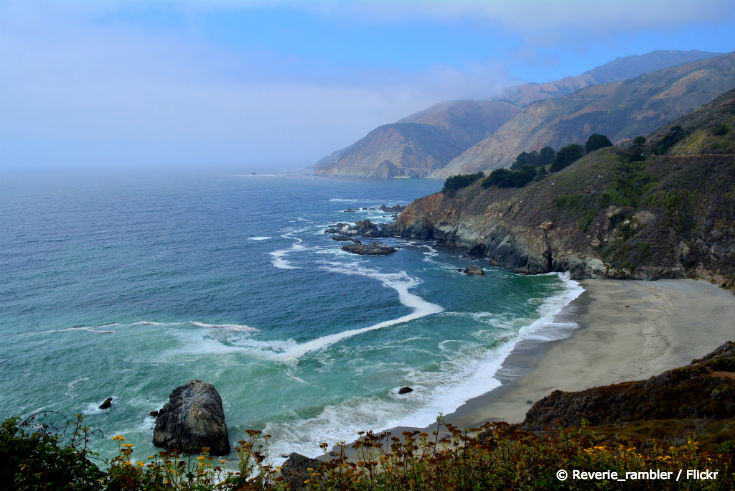Manliest Catch: The Lack of Women in Fisheries and Why Diversity Makes Us Stronger
Published by Ocean Conservancy

In honor of International Women’s Day, we’re celebrating stand out #WomeninConservtion all week long. Here, Corey Ridings, a Policy Analyst with our Sustainable Fisheries team, reflects on the representation of women in fisheries management.
Our ocean fish populations are managed in a unique system where stakeholders take a lead role in crafting management strategies. But historical patterns have resulted in significant underrepresentation of women in this process.
America’s federal fisheries are largely managed by a group of stakeholder councils that include 116 voting members across eight regions. The original vision for this system, outlined in 1976 by Congress, was bold and idealistic: directly include those with local interests and regional experience in the management process. Membership includes state managers, federal agency representatives and stakeholders nominated by state Governors and appointed by the Secretary of Commerce.
While this politicized system has its successes and failures, for better or worse it is a rare example of the public managing its own natural resource. However, in reality, most Councils do not look like the public they represent and serve: less than one in five members are women, and almost all are socially-identified as white.
This lack of diversity is not limited to the Council meeting room, but is also common on the decks of commercial fishing boats across the country. Of 185,263 commercial fishermen in federal fisheries, we can list nearly all the women by name. Exclusion isn’t just a matter or physical ability, but in many cases is based solely on cultural norms.
This is not just a hypothetical issue for me–I have experienced it firsthand. As an observer in the Alaskan groundfish fleet, I had the rare opportunity to live and work on a commercial vessel. I loved it. The raw beauty of the ocean, the Alaskan landscape, the pain of physical labor and the extreme isolation that is almost impossible to find today. I’ve also worked in fisheries policy, first in Congress and now as an advocate for sustainable fisheries. While the opposite of isolation, it is a joy to work with scientists, managers and industry representatives who have devoted their lives to sustainable fisheries.
That’s why this matters. American fishing communities need governance that supports them and the stocks they fish for, and a healthy ecosystem that sustains both. To do this requires using more than fifty percent of your talent pool and allowing in women. If Seahawks coach Pete Carroll left half of his team on the bench, he’d never win.
On the West Coast we’re seeing a “graying of the fleet,” where the average age is likely above fifty and young fishermen are few and far between, and this trend is mirrored in other regions. American fisheries are among the strongest in the world, largely due to laws that keep fish stocks at healthy levels and protect the environment, but this achievement was hard-won over decades of lessons learned from overfishing and the consequent harm to communities and the environment. Today’s management success is fraught and regionalized, especially in the face of climate change.
It’s time to include women. Opening up our fishing fleet to nearly twice as many more people who can bring creativity and a fresh approach could fundamentally improve the way we fish and eat seafood. Bringing more women into the meeting room does the same; studies have shown the benefit of women in governance. Among them, women are more democratic in their governance style with increased emphasis on consensus building and collaboration.
The economic case for including women is obvious, but as an American the case for equality is even more important to me. Diversity in our fisheries will only make us stronger.
Read the full article at: http://blog.oceanconservancy.org/2017/03/09/manliest-catch-the-lack-of-women-in-fisheries-and-why-diversity-makes-us-stronger/


